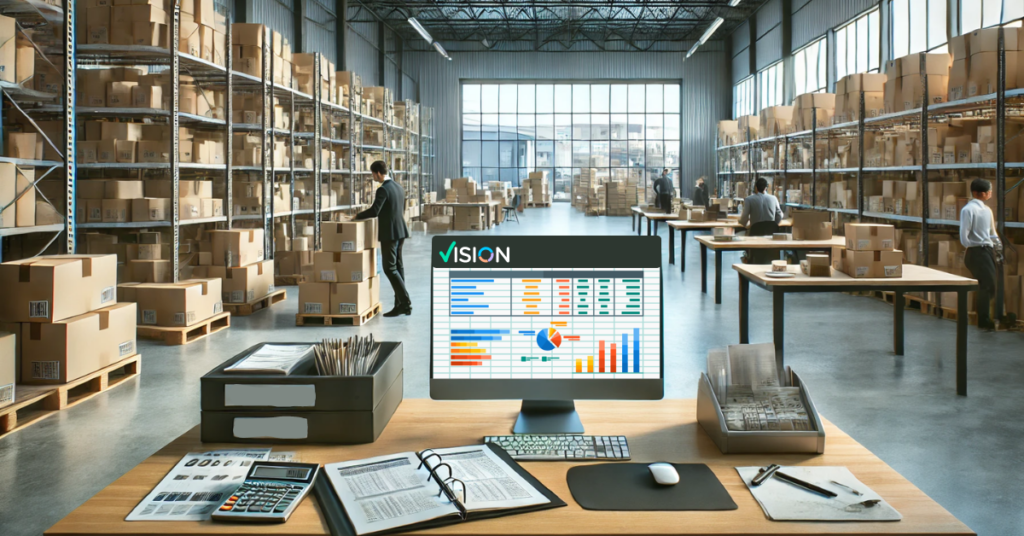
Inventory accounting is a process of making the value of inventory available in General Ledger on a real time basis. In order to achieve this when the inventory transactions are performed in various modules, accounting entries are automatically posted in the general ledger. This enables businesses to generate financial statements on a real time basis. There is no need to take the value of closing inventory balance and pass journal entries.
Goods are classified into broad categories, raw materials, in-progress goods and finished goods, fixed assets, trading items etc. These are referred to as item series in Proteus Vision. Inventory accounting can be enabled or disabled for each of the item series. However it is strongly recommended to enable them for all item series.
It will give you a real time visibility of inventory in various stages such as Raw Material, Work in Progress, Finished Goods. Also the Cost of goods sold (COGS), Overheads in production. This will ultimately result in optimization of inventory carrying cost.
A few other additional advantages of inventory accounting are:
Setup required for Inventory Accounting
In Proteus Vision inventory accounting is done on confirmation of each of the transactions where inventory is getting affected.
When the material comes to the factory/business premises the system will post the entry. For example purchase receipt for a raw material item with value of 5000 is done, following ledger entry will take place
When the material is issued to production (let us assume in full quantity), the entries passed will be
The production is completed and finished goods is delivered to the warehouse, following accounting entries will take place
Note: Overhead accounting is not shown here for simplicity. Refer to the overhead accounting section below for loading overhead to Finished Goods inventory.
When the goods are finally sold to customer, in sales despatch transaction following accounting will be posted
In this example the value is shown with the assumption full quantity of a single item is issued. However, needless to mention that system will consider part quantity and multiple items and calculate the value accordingly.
When converting raw material to finished goods, the value of finished goods can not be only the material cost. Cost that is incurred for various processes should be loaded to the finished goods value. Proteus Vision has provision to load overheads or any other cost to the inventory in the manufacturing process.
Against each manufacturing process Vision allows to define the standard overheads cost for various heads. The overhead cost can be defined as a
For example you want to load overheads of 300 to the production process which is completed for a stage (before the finished goods receipt) following accounting entries will take place. The same is true for the final receipt of finished goods too.
This will increase the value of finished goods by 300 over and above the material cost.